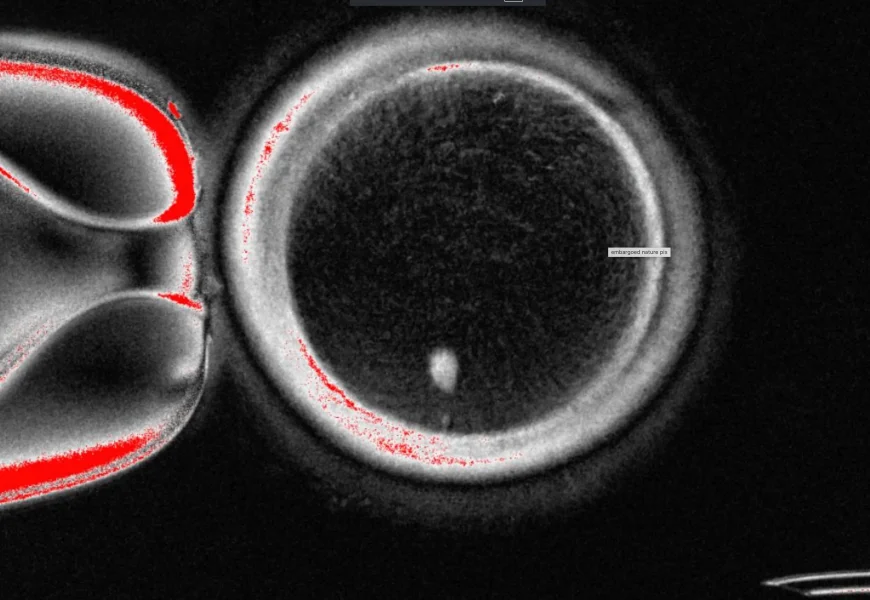WASHINGTON (AP) – Oregon scientists used human skin cells to create fertilizable eggs, a step in the quest to develop lab-grown eggs or sperm to one day help people conceive.
Researchers turn human skin cells into eggs – but not yet usable ones
WASHINGTON (AP) – Oregon scientists used human skin cells to create fertilizable eggs, a step in the quest to develop lab-grown eggs or sperm to one day help people conceive.
But the experiment resulted in abnormalities in the chromosomes, prompting the Oregon Health & Science University team to caution it could take a decade of additional research before such a technique might be ready for trials in people.
The work published Tuesday in Nature Communications may offer lessons as scientists try to learn to create eggs and sperm in a lab for the infertile or to help same-sex couples have children genetically related to both partners.
The OHSU team removed the nucleus from a human egg cell and replaced it with the nucleus from a human skin cell. But a skin cell contains two sets of chromosomes, and eggs and sperm are supposed to each contain only one set that combine during fertilization. The researchers therefore induced the egg-like cells to discard extra chromosomes, injected donated sperm and jumpstarted post-fertilization development.


